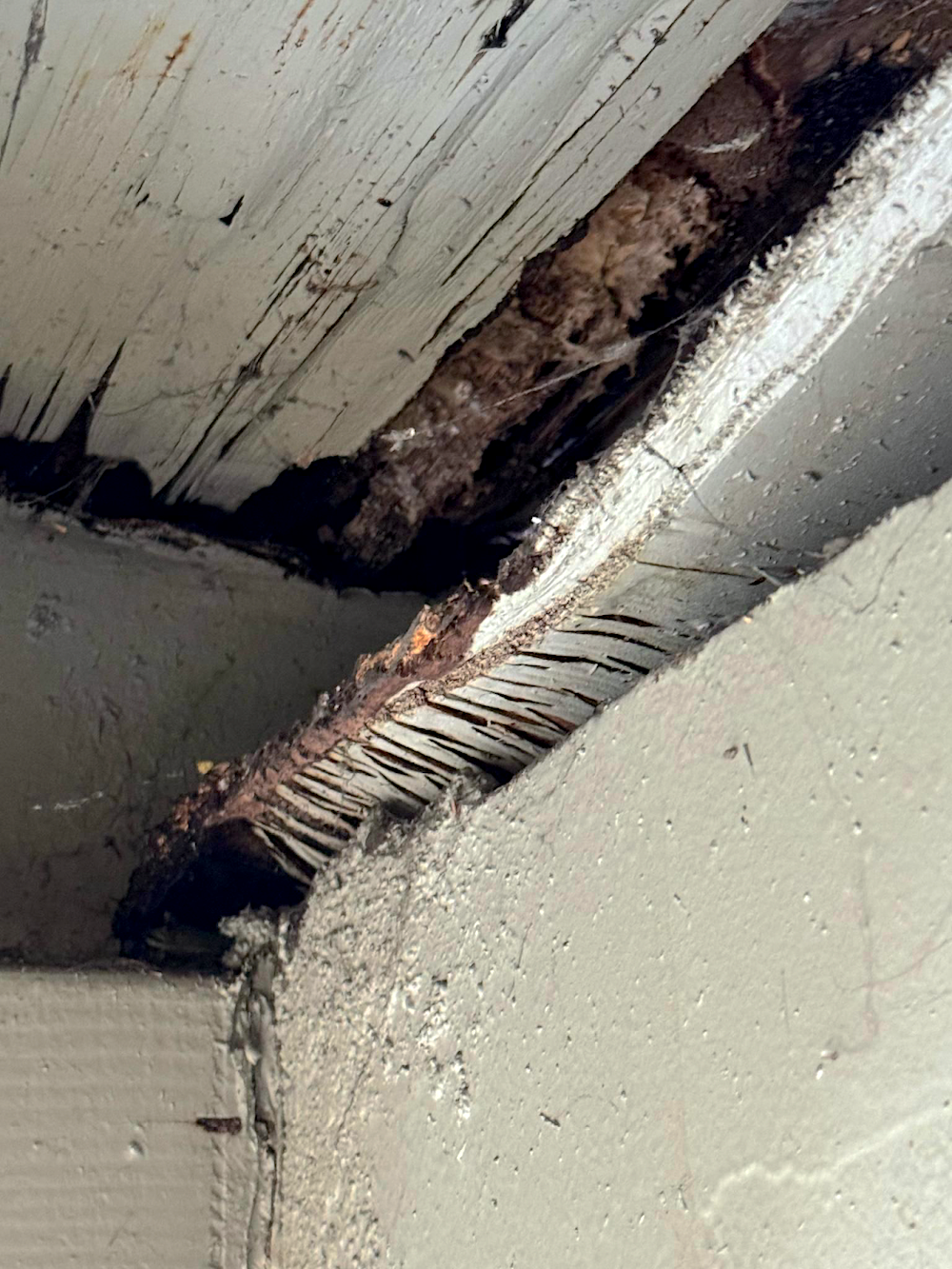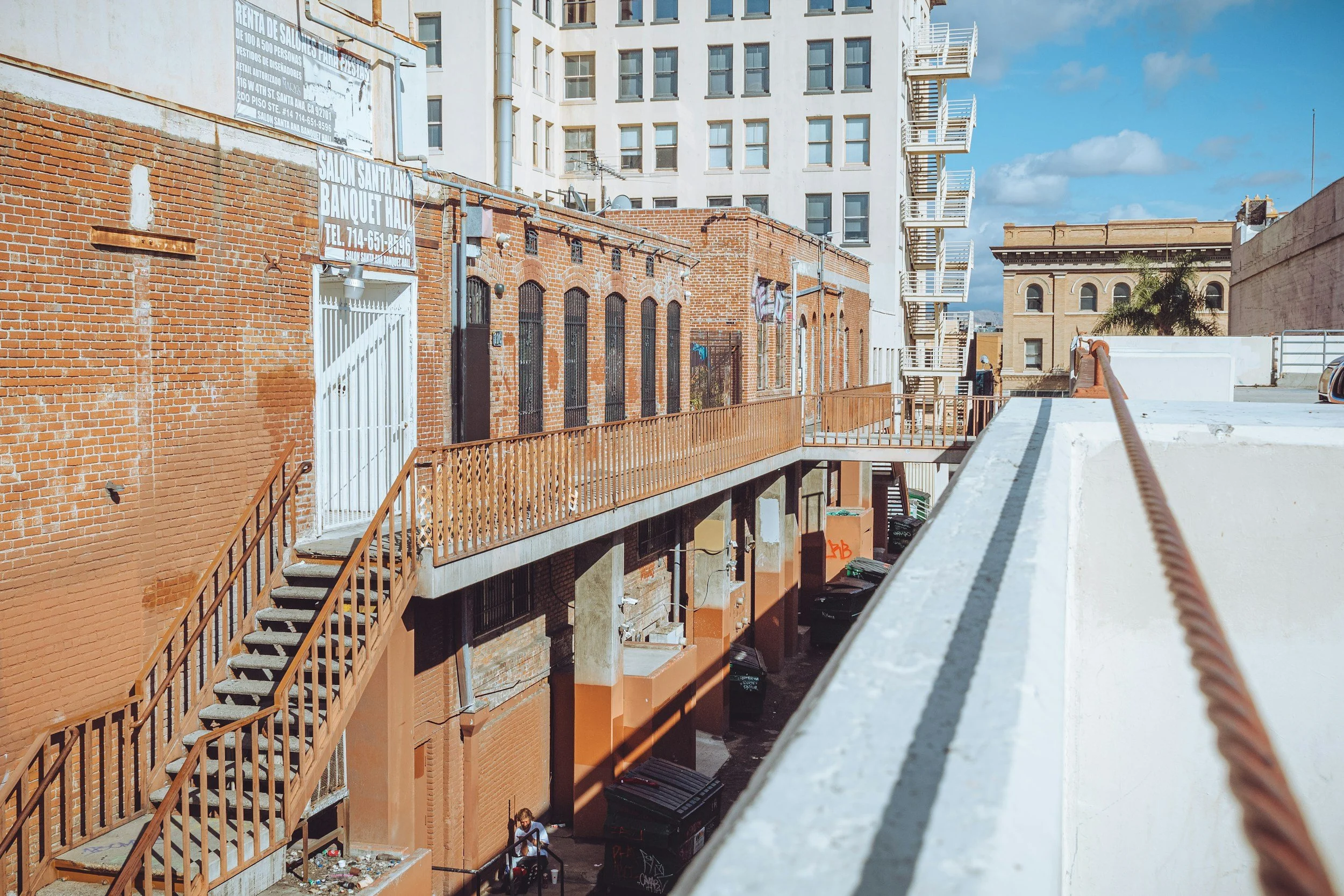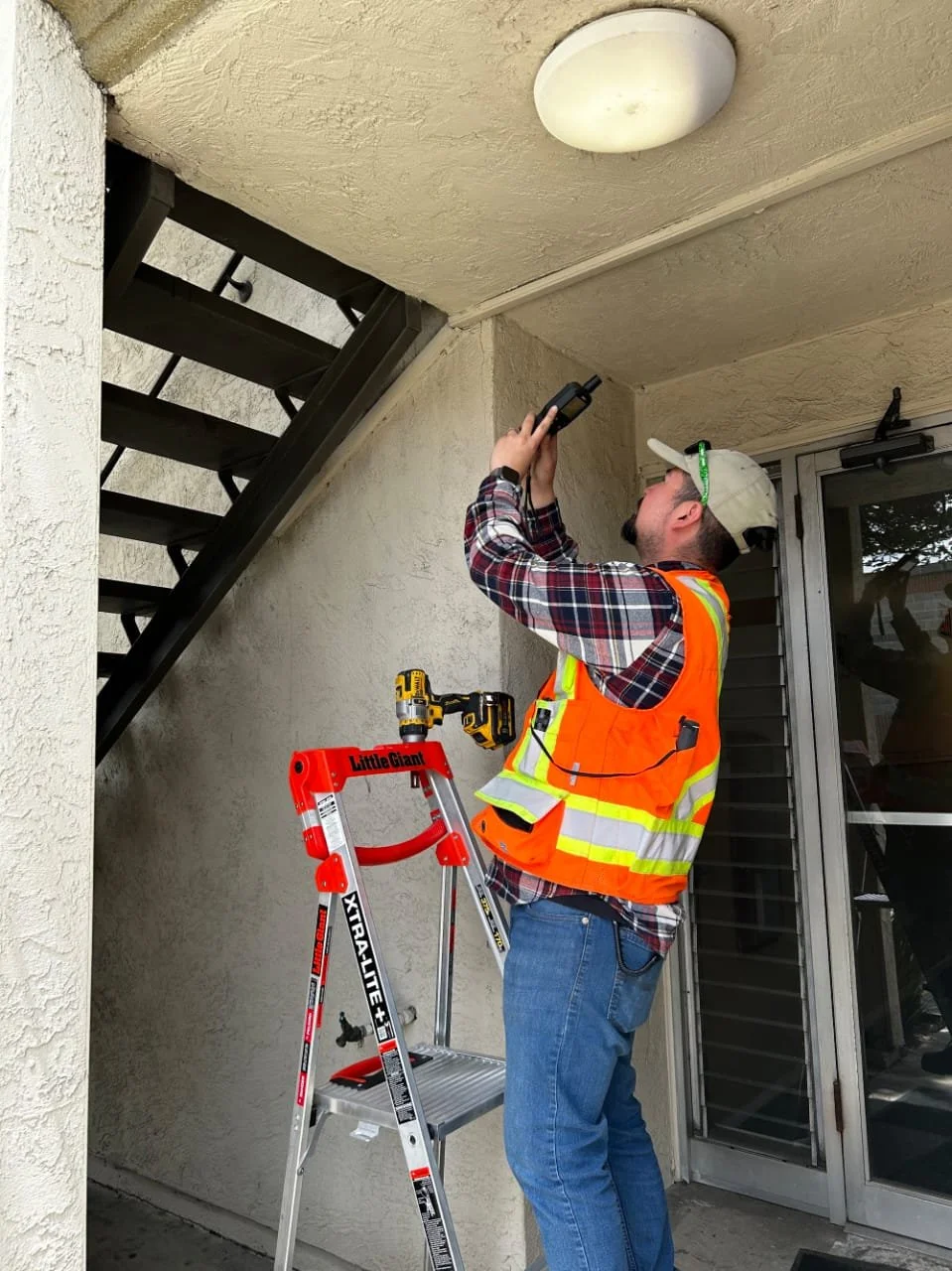SB 721 Balcony Inspections (Apartments & Rental Buildings)
Southern California's Trusted Balcony Inspection Partner
At Great Escape Service and Inspection, we specialize in helping multi-family properties ensure compliance with California's strict safety standards, including the SB721 E3 law. Our inspections provide peace of mind by identifying potential risks in wooden balconies, decks, and other exterior elevated elements (EEEs), safeguarding residents and maintaining regulatory compliance.
What Our Inspection Covers
Our thorough inspection includes visually examining all exterior elevated elements, such as balconies, decks, stairways, and walkways. We will evaluate the structural integrity of these elements and identify any potential hazards or safety concerns. Our trained inspectors will also check for visible signs of wear and tear, including rot, decay, rust, or loose/damaged components.
Detecting damage: Identifying water intrusion, rot, and decay in key structural components.
Risk-based plan: Early detection to avoid costly repairs and safety liability.
Visual & hands-on inspection: Performed by a licensed architect, structural engineer, or qualified professional.
Compliance certificate: The Certificate will be filed in accordance with local jurisdiction requirements.
California Senate Bill 721 (SB721):
Under Senate Bill 721, apartment and multifamily buildings must undergo balcony and elevated structure inspections to ensure occupant safety.
Our Hillcrest SB 721 inspections include:
Visual and structural evaluations of balconies, decks, catwalks, and stairs
Load-bearing verification and corrosion checks
Detailed, photo-backed reports for compliance
Coordination with owners or managers for any required remediation
Stay ahead of inspections and protect your investment with our certified SB 721 inspection reports.
Why Choose Us for Your SB721 Inspection
Your Compliance Partner Since 1987
Since 1987, we’ve been serving California, San Francisco, the Bay Area, and Los Angeles with unparalleled experience in structural inspections. We know California’s building codes inside and out, ensuring you get compliant results.
Protect Against Water Damage
Our inspections focus on identifying water intrusion, a common issue that compromises the structural safety of wood-based decks and balconies.
Seamless Compliance
Our team provides detailed and transparent reports tailored to help you meet SB721 requirements and adhere to deadlines. Insurance providers now require these inspections for policy renewals, and title companies mandate them during property transactions. We will file your Affidavit/certificate of compliance with the jurisdiction having authority, so you have peace of mind. Contact us today, and we will advise you on which inspections your building requires or if you're exempt.
Trusted by Property Owners Across California
Our dedication to professionalism, punctuality, and unmatched customer service has earned the trust of property owners throughout California, Los Angeles, and the Bay Area.
Frequently Asked Questions
-
Buildings in California with three or more multifamily dwelling units fall under the mandate of CA-SB721, commonly referred to as the Balcony and Deck Inspection. These regulations necessitate the inspection of all wooden Exterior Elevated Elements (EEE) within such structures.
-
During the inspection process, the following aspects of Exterior Elevated Elements (EEE) are scrutinized in accordance with California code:
Condition of loading bearing components
Condition of associated waterproofing elements
Evaluation of expected future performance and projected service life
Inspectors begin by visually assessing for apparent signs of water intrusion issues. Further, more detailed inspections may involve the use of tools such as moisture meters or borescopes to pinpoint the source of moisture intrusion.
-
The inspection requirement stipulated by CA-SB721 mandates examining a minimum of 15% of each type of EEE, including wooden balconies, stairways, walkways, handrails, and guardrails.
The duration of inspections for exterior balconies, decks, stairs, handrails, and guardrails varies based on several factors:
Accessibility to each element
Whether the element is exposed or concealed by soffit
Elevation of the element from the ground
Absence of obstructions such as patio furniture on balconies/decks
-
The difference between SB721 and SB326 is that one affects apartment buildings, while the other affects condominiums and homeowners’ associations.
CA-SB721 is required every six (6) years and CA-SB326 is required every nine (9) years.
-
Licensed General Contractor, Certified Building Inspector, Architect or Engineer.
-
Inspections must be conducted by a Licensed Structural Engineer or Architect only.
-
The owner of the building requiring corrective work to an exterior elevated element that, in the opinion of the inspector, does not pose an immediate threat to the safety of the occupants, shall apply for a permit within 120 days of receipt of the inspection report. Once the permit is approved, the owner of the building shall have 120 days to make the repairs unless an extension of time is granted by the local enforcement agency.
If the owner of the building does not comply with the repair requirements within 180 days, the inspector shall notify the local enforcement agency and the owner of the building. If within 30 days of the date of the notice the repairs are not completed, the owner of the building shall be assessed a civil penalty based on the fee schedule set by the local authority of not less than one hundred dollars ($100) nor more than five hundred dollars ($500) per day until the repairs are completed, unless an extension of time is granted by the local enforcement agency.

Schedule your SB-721 Balcony Inspection
Don’t wait until the January 1, 2026, deadline is looming. Schedule your SB721 inspection now with Great Escape Service, the trusted name in California for balcony and deck inspections. We at the Great Escape Service make compliance simple, efficient, and stress-free.
We are proudly affiliated with the Apartment Association of Greater Los Angeles and the Apartment Owners Association. Any members affiliated with these groups will receive a 10% discount.
FOR A FREE IN-PERSON ESTIMATE FILL OUT THE FORM OR











